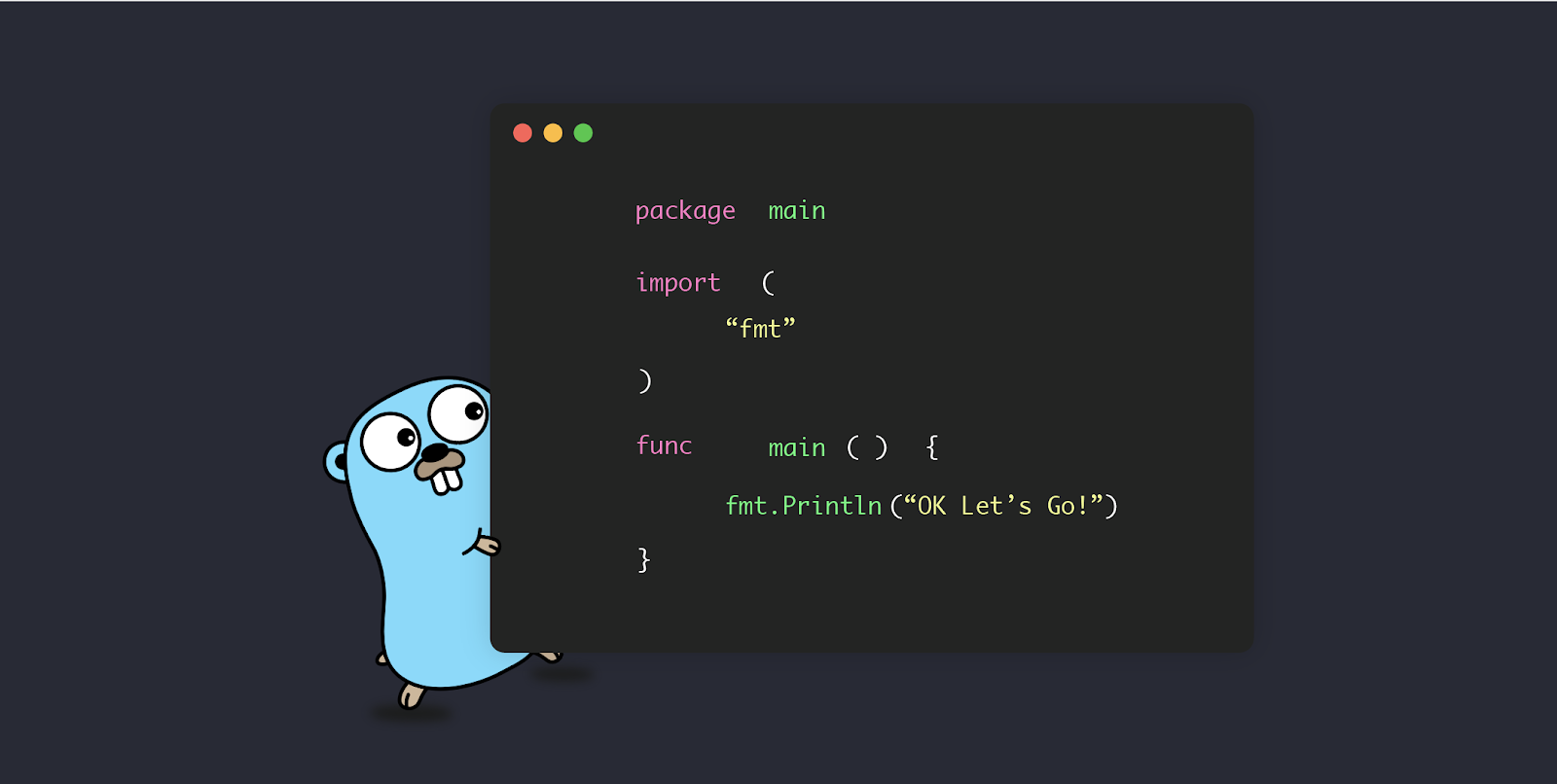Concurrency is one of the cornerstones of the Go programming language, and channels are a fundamental tool for coordinating and communicating between concurrent goroutines. In Go, channels can be used in various ways to facilitate communication, but one important feature that enhances their capabilities is buffering. Buffered channels provide a mechanism to balance the interplay between concurrency and communication, making it possible to optimize your Go programs. In this blog, we will dive into buffered channels, exploring their definition, use cases, syntax, advantages, and best practices.
What Are Buffered Channels?
A buffered channel in Go is an extension of a regular channel that can hold a limited number of values in a queue. While regular (unbuffered) channels require both a sender and a receiver to be ready simultaneously for communication to occur, buffered channels allow for asynchronous communication between goroutines. In other words, you can send data to a buffered channel even if there's no immediate receiver, as long as the channel is not full.
Buffered channels are created using the make function with an additional capacity argument to specify the number of elements the channel can hold:
// Create a buffered channel with a capacity of 3
myBufferedChannel := make(chan int, 3)Syntax of Buffered Channels
The syntax for sending and receiving data from buffered channels is the same as for regular channels. You can use the <- operator to send and receive data:
// Sending data to a buffered channel
myBufferedChannel <- 42
// Receiving data from a buffered channel
result := <-myBufferedChannelUse Cases for Buffered Channels
Buffered channels in Go are particularly useful in the following scenarios:
-
Decoupling Producers and Consumers: Buffered channels allow producers to continue sending data without being blocked by consumers. This decoupling can improve overall program efficiency.
-
Rate Limiting: You can use buffered channels to implement rate limiting, ensuring that certain tasks are performed at a controlled pace.
-
Batch Processing: When you want to process data in batches rather than one item at a time, buffered channels can be used to accumulate data until a batch is ready for processing.
-
Worker Pools: Buffered channels are often used in worker pool patterns where multiple goroutines consume tasks from a shared channel. The buffer size can help control the number of tasks in flight.
-
Publish-Subscribe Systems: In pub-sub systems, publishers can send messages to a buffered channel without blocking if subscribers are slow to process.
Advantages of Buffered Channels
Buffered channels provide several advantages over regular channels:
-
Asynchronous Communication: Buffered channels allow asynchronous communication between goroutines, enabling non-blocking data transfer.
-
Decoupling: Producers and consumers can be loosely coupled, which can lead to improved program efficiency and flexibility.
-
Rate Control: You can control the rate at which data is processed or transmitted by adjusting the buffer size.
-
Batch Processing: Buffered channels are ideal for implementing batch processing of data, which can lead to better performance in certain scenarios.
-
Improved Responsiveness: In scenarios where responsiveness is critical, buffered channels prevent producers from being blocked when sending data.
Best Practices for Using Buffered Channels
To make the most of buffered channels in Go, consider the following best practices:
-
Size Appropriately: Choose the buffer size carefully, as it impacts program behavior. A larger buffer can improve throughput, but it can also increase memory consumption.
-
Monitor Capacity: Keep an eye on the capacity of your buffered channels and ensure that they are neither overfilled nor starved. Use the
lenfunction to check the number of elements in the buffer. -
Graceful Shutdown: When using buffered channels in long-running programs, ensure you have a graceful way to shut down and close channels to avoid deadlocks.
-
Error Handling: Handle errors that may occur during channel operations, such as closed channels or sending data to a full buffer.
-
Documentation: Document the intended usage and behavior of buffered channels in your code to aid other developers who work on the project.
Conclusion
Buffered channels in Go offer a valuable tool for managing concurrency and communication in your programs. By understanding how to use buffered channels effectively and following best practices, you can write Go code that is both concurrent and efficient. Whether you're building worker pools, rate-limited systems, or batch processing pipelines, buffered channels provide a powerful means to balance concurrency and communication, making your Go programs more responsive and scalable.
